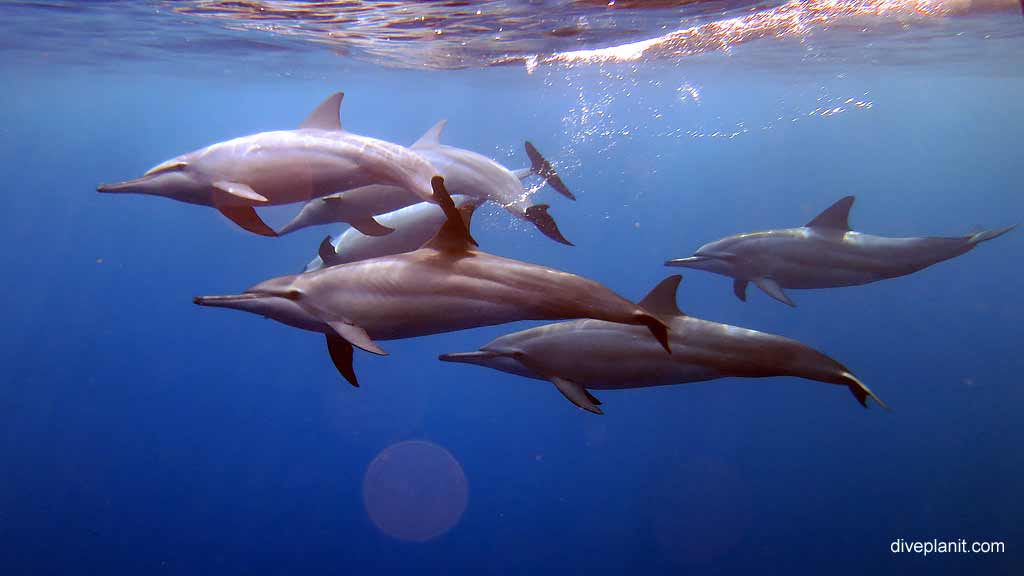Throughout the year Diveplanit has brought you news about the Marine Environment. Here’s a little summary of ocean related news for 2016 – and despite a few obvious examples – lots of it is good and there are reasons to be hopeful!
Marine Protected Areas
Around Australia’s Coastline
The WA Government and the Dambimangari Traditional Owners announced the new Lalang-Garram Horizontal Falls Marine Park, protecting the extraordinary Horizontal Falls.
The creation of the North Kimberley Marine Park, part of which will be jointly managed by the Balanggarra Traditional Owners was announced shortly after. The Park extends over 19,000km2 of the most pristine and remote waters of the Kimberley – making it by far the biggest marine park in Western Australia.
Oil giant BP abandoned its plans to drill in the Great Australian Bight Marine Park – one of Australia’s biggest and most precious marine parks, home to crucial southern right whale and sea lion nurseries.
Unfortunately, NSW seems still not to be on board with the concept, and still no news on the Hawksbury Shelf.
Nationally
Australia’s world-leading National Network of Marine Sanctuaries (these are the Federally managed reserves that sit outside of the State managed coastal waters) remains suspended, with the Abbott-era Review proposing devastating cutbacks to national icons such as the Coral Sea, Lord Howe, Perth Canyon, Bremer Bay and the Great Australian Bight. However, there has been a massive public outcry and there’s a distinct possibility that they’ll be ‘un-suspended’ in 2017 if we keep the pressure on the Federal Government.
Globally
Globally, we’ve seen massive areas of ocean gazetted as Marine Protected Areas.
- UK’s created the latest 834,000 km2 zone around the South Pacific Pitcairn Island.
- Palau has declared 80% of its EEZ as a marine sanctuary – that’s around 500,000 km2.
- Kiribati’s Phoenix Islands Protected Area (PIPA) at 408,250 km2 is also one of the world’s largest, and that by a self-declared Least Developed Country.
- Chile protected 297,000 km2 in 2015 around the Desventuradas Islands.
- New Zealand is planning an MPA of 620,000 km2 around the Kermadec Islands, 1,000 km north of the NZ mainland.
- The US is playing catch up as it still has only 1% of its waters protected despite Obama’s designation of the new Pacific Remote Islands Marine National Monument in 2014 at 1,236,000 km2
Very Locally
Locally, we are still campaigning here in Sydney for a network of Marine Sanctuaries to be called the Sydney Marine Park.
Marine Pollution
Still one of our biggest issues, and though many in every country are quick to point fingers out to sea ie, it’s not our trash, an early morning walk along any of Australia’s beaches will tell you that, actually, it is.
Hence the report: ‘Toxic tide: the threat of marine plastic pollution in Australia’ published April 2016, by the Australian Senate. The findings make grim reading, but the report concludes with realistic, actionable recommendations:
- All States should have container deposit schemes in place by 2020 and, if they don’t, the Federal government should do it for them
- Ban plastic bags
- Ban microbeads
- Use the Packaging Covenant to help develop alternatives to plastic packaging
- Financial support to address ghost nets and reinstate funding for the ghost net removal program
- Better enforcement of pollution laws to stop plastic from factories getting into our marine environments
Our job is to keep to keep the bloody politicians honest! Don’t let NSW back away from a real CDS and keep putting the Plastic Bag Ban on the NSW State Government agenda until they get it! Queensland has committed to scrapping them by 2018 – so why can’t NSW?
Also, keep doing what you do: whether that’s a beach clean-up, Dive for Debris, inventing a Seabin or Plastic Free July – and make sure others see you doing it and explain to people why you do it. We do it because we actually care – and that could be contagious!
Over Exploitation
Goodbye Supertrawler!
Hello to some sustainable seafood practices.
Climate Change
This is where the bad news is hiding. Yes we had the largest coral bleaching event on the planet, and yes Trump will become the next president of the second largest CO2 emitting country. But we have Paris and a global wake up call that we need to get very serious about this issue.
On our own Great Barrier Reef there are lots of on-the-ground initiatives that are actually working on some of the issues surrounding the problem.
- Reef Aid is successfully working to address water quality issues.
- Reef Warriors are showing what sustainable tourism looks like.
- Whole armies of young Australians and Robots are waging war on the Crown of Thorns Seastars.
- Many other grass roots initiatives, like Operation Crayweed, CoralWatch and RedMap.
It’s often easier to see just the hurdles, rather than remember to celebrate the successes achieved (with a cold Great Barrier Reef Beer!), and see the opportunities for more gains ahead. So when it comes round to a new year’s resolution – make one for the sea!








